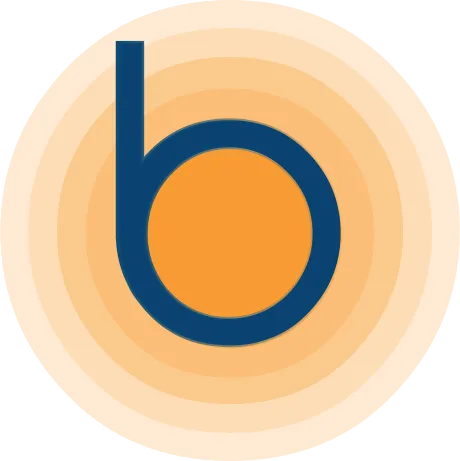- Templates
- Inquiry
- Calculator
- Bags printed
- Printed Paper Bags#105
- Promotional Bags#128
- Netbags#92
- Fruit and Vegetable Bags#94
- Backpacks and Drawstring Bags#124
- Felt Bags#37
- Permanent Bags#166
- Fair Bags#122
- Exclusive Paper Bags#114
- PP Woven Bags#95
- Kraft Paper PP Woven Permanent Bags#24
- R Pet Bags#38
- Laminated Non Woven Bags#77
- Non Woven Bags#76
- Kraft Paper PP Non Woven Permanent Bags#23
- College Bags#80
- Non Woven Sacks#79
- Exclusive Plastic Carrying Bags#72
- Messenger Bags#143
- Jute Bags#43
- Cotton Bags#61
- Nylon & Polyester Bags#53
- Felt Bags#37
- Sequin#26
- Foldable Bags#47
- Cooling-, Insulated-, Thermo Bags#50
- Bottle Gift Bags#107
- Gift Bags#147
- Messenger Bags#143
- Cotton Bags#61
- Dog Poop Waste Bag#19
- Suitcase backpack#67
- Leather Tool Kit Bag#36
- Textile Ribbons Satin, Herringbone, Cotton#28
- Bags for Food Fertilizer and Resources#169
- Multifunctional Shopping Bag - Backpack#146
- Material
- Printed Paper Bags#105
- PP Woven Bags#95
- Netbags#92
- Kraft Paper PP Woven Permanent Bags#24
- R Pet Bags#38
- Non Woven Bags#76
- Laminated Non Woven Bags#77
- Elegant Non Woven Bags#78
- Non Woven Sacks#79
- Drawstring Bags Non Woven#70
- College Bags#80
- Non Woven Promotional Bags Gallery#81
- Non Woven Bedding Bags#73
- Pocket Sizes - Non Woven Pockets#82
- Lamination Carrying Bags#83
- Fabric Bags Printing#84
- Handles and Straps Reusable Bags#85
- Bag Closures#86
- Non Woven Packaging#75
- Sequin#26
- Kraft Paper PP Non Woven Permanent Bags#23
- Kraft Paper PP Non Woven Permanent Bags#23
- Print On Plastic Bags#71
- Cotton Bags#61
- Plastic Bags#60
- Jute Bags#43
- Nylon & Polyester Bags#53
- Felt Bags#37
- Leather Bags#165
- Aluminium#25
- Sequin#26
- Rattan bag#27
- Textile Ribbons Satin, Herringbone, Cotton#28
- About Us
- Frequently Asked Questions - FAQ#7
- About bagobag#8
- Create Carrying Bags#9
- Shopping Bags Advertisement that moves#10
- Cross Promotional Bags Advertisement#11
- Legal Notice of Bagobag#12
- Notes on data protection#14
- Privacy Policy#1
- Consulting on promotional bags, consulting#15
- Knowledge#16
- Net Family#17
- Newsletter#18
- Jobs#258


 EN
EN